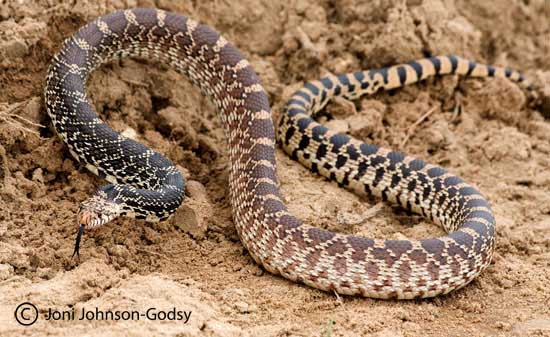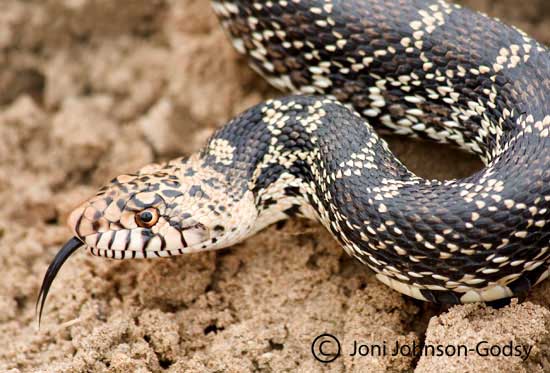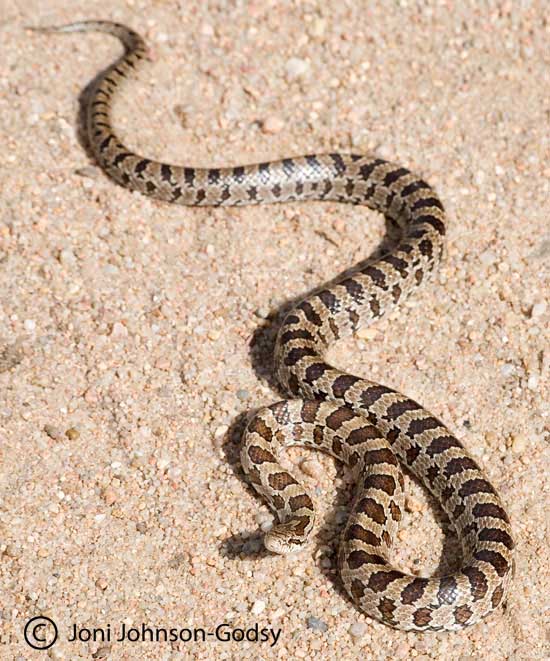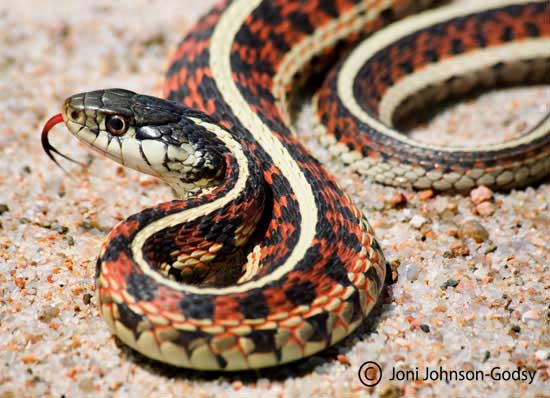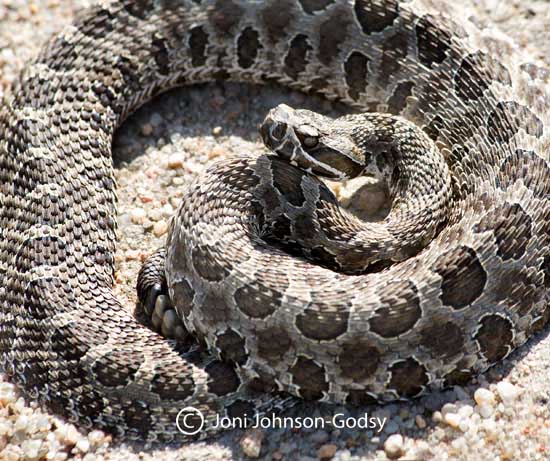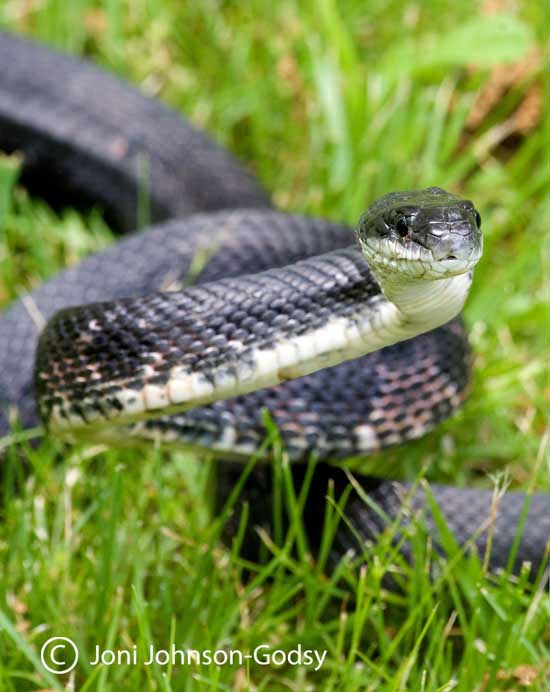It is no secret that wind is a major force in Kansas. Of course this state is famous for big black twirling funnels that make for great monsters in movies. Indeed we do have more than our share of tornadoes. But strong wind that is unaccompanied by storms is also quite common here too.
My husband and I took a recent weekend camping trip with friends to a wetland refuge in the middle of Kansas, which is in essence the middle of nowhere. We camped under a small stand of cottonwoods on a creek in the middle of the prairie. What we didn’t know when we left and were totally unprepared for, was the weather that was to come. By the middle of the first afternoon, the winds had picked up to 30-35 mph with gusts of 40-45 mph. By dark the temps were down to below freezing. It was not storming where we were, although we learned later that south eastern Kansas and Oklahoma were having devastating tornadoes.
It starts to become difficult to stand up in wind gusts of 40-45 mph. We were there to photograph wetland birds and other wildlife. Holding a camera still in whipping winds is challenging to say the least. And of course the birds we went there to see wanted no part of it. (The next day when the wind died down the birds reemerged in mass).
The stars of the day, who seemed unbothered by the wind, were snakes. I am simply fascinated by snakes. This place was a herpetologist’s dream. In less than 24 hours we saw five different species and that was without even looking for them. They seemed to be everywhere. I’ve included photos below of some of the species that we found. For anyone who is squeamish about snakes, I suggest that you scroll down to the next web log entry…
This stunning beauty is a large Gopher Snake, also referred to as a Bullsnake. This is a non-venomous species that catches rodents with constriction. The Bullsnake is considered to be the most economically beneficial snake in Kansas, consuming large quantities of rodents such as mice, rats, rabbits, pocket gophers and ground squirrels. He also enjoys an occasional bird egg.
A close up look at that pretty Bullsnake face…
The fellow below is a Northern Water snake. He is a lizard and frog eater…
This decorative serpent (below) is the Prairie Kingsnake. He is usually a secretive fellow, but we were fortunate to find him soaking up some rays on a sandy roadway.
Prairie Kingsnakes are non-venomous constrictors, and eat a variety of prey such as small mammals, lizards, frogs, birds and other snakes including venomous ones. They are immune to the venom of North American venomous snakes and such snakes will use methods other than striking to escape kingsnakes. This makes the Prairie Kingsnake VERY beneficial to farmers, as not only will this species rid the farmer of pests like rodents, but also of venomous snakes.
This red striped beauty is a common Garter Snake. This was not only by far the largest Garter snake I’ve ever seen (she was HUGE) but she was also the most foul tempered snake we encountered on our trip. This was a snake with an ATTITUDE. She was all puffed up and very strikey.
This venomous beauty is the gorgeous Massasauga Rattle Snake. The word Massasauga means “Great river mouth” in the Chippewa language. This is the smallest rattle snake species in Kansas, although this one was a pretty good size. We found a much smaller one later in the day.
Here is his pretty face…
This feisty beauty is a black rat snake. I found him prowling around very near a nest of baby Eastern Phoebes. Eastern Phoebes are small birds of the open grasslands and are fabulous insect eaters. This rat snake most likely had his eye on this next. But the Phoebes were resourceful enough to build their nest out of reach of even this most talented of climbers. So for the time being until the baby birds fledge, they are safe…at least for now….

